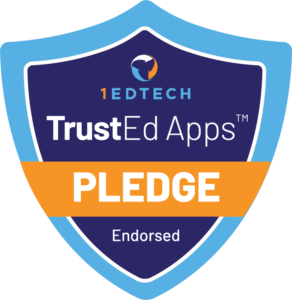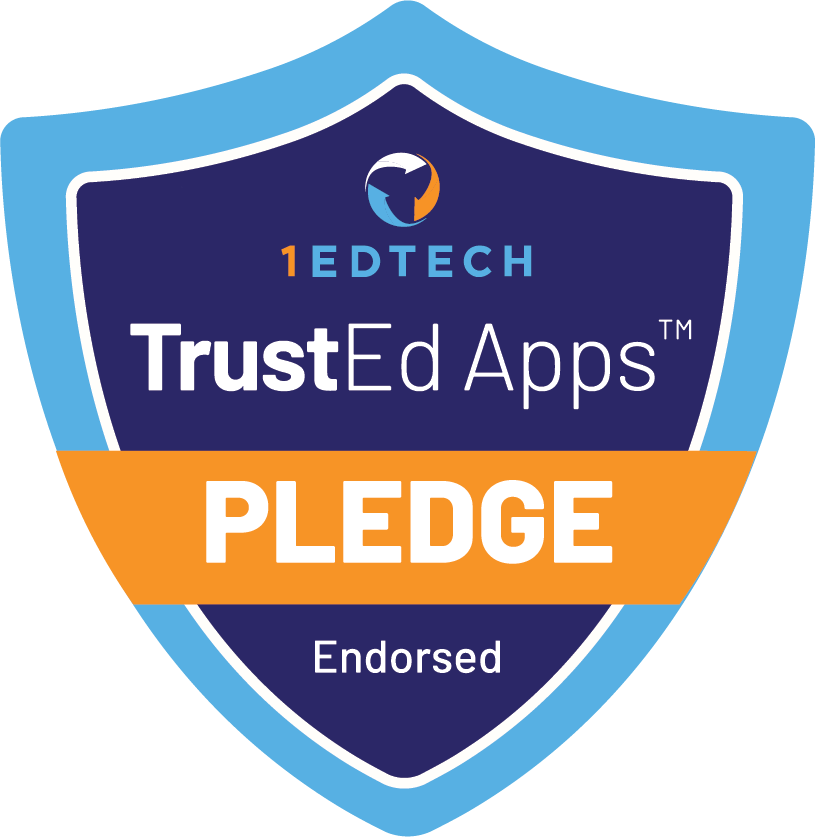Creating a range of student-employer engagements is essential for building a robust Work-Based Learning program. By offering opportunities such as job shadowing, internships, group visits, and classroom presentations, schools provide students with hands-on experiences that prepare them for the future. Proper logistics planning, including teacher approvals, transportation, and preparation, ensures that each engagement is well-organized and beneficial for both students and employers. These engagements are a powerful way to connect students with the workforce, helping them explore career options and develop essential skills for success.






